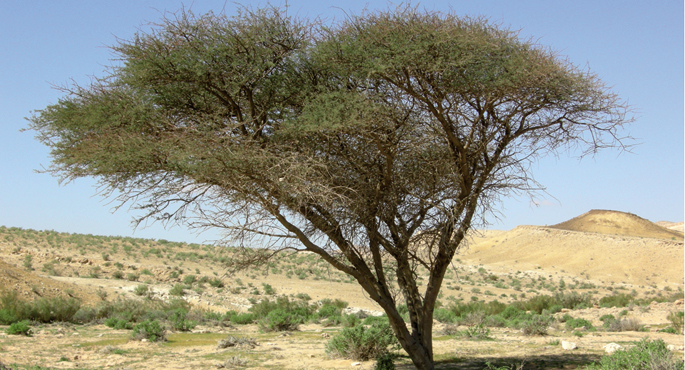

Milk tree latex (Brosimum utile) from Sri Lanka and Indian is considered milk. Farmers are said to eat corn, corn and soup with it. It's sweet and nice for a little bit of maturity on the palate. It will have to be tested.
Do not eat, but eat with your lips and tongue mute. There's also another latex here that we use between two nozzles. A lot, too; I see it more and more: the role of cigarette smoking. It's a beautiful art of passing the crust of fuel, wrapping it between your fingers, the arabic gum that's on the edge of one side, and screwing up to kill it and stick it on paper. You see works of art made with a petty paper. Like in cigarreria, in the manufacture of leeks, in souls.
The towel has gum arabic. From Arabia? It was formerly based in Arabia and also in Western Asia. Just as the cigarette is picked up on paper, about 5,000 years ago, in Egypt, it was used to pick up mummies. Currently, between the Sahara desert of North Africa and the southern savanna, it is produced in the Sahel region, Senegal to Eritrea, mainly 70 per cent in Sudan. The most valued are the Cordophagus of Sudan and the Ferllo of Senegal.
This rubber is removed from the trees of the genus Acacia, Acacia senegal and Acacia seyal. Perform superficial wounds on the skin and collect the discharge that spills to close the wound. Before leaving the wound, it will fall and harden. Each tree can give half a pound per season. Around the world, due to the growing demand for rubber, more and more trees are being extracted from other species and genera.
When you least expect it, you will put the gum in your mouth: chewing gum or gum, ice, chops, medicine kit, coca-cola... In the indicated locations it will appear with the code E-414. They will not tell you immediately, but in the wines there is a lot of abuse: to illuminate, stabilize, balance, detach and give body. Unlike what happened with the wines of other times...